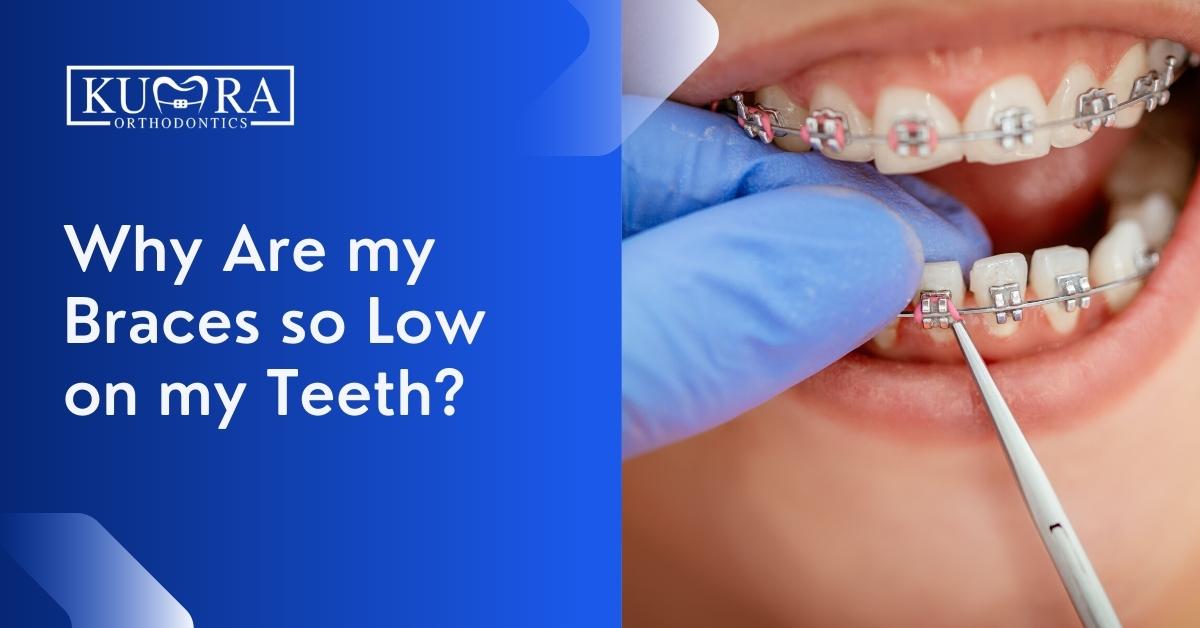What Sets Cumming Braces and Aligners Besides Various Other Orthodontic Treatments
What Sets Cumming Braces and Aligners Besides Various Other Orthodontic Treatments
Blog Article
Comprehensive Overview to Orthodontics Procedures for Correcting Dental Misalignments
Understanding the details of each treatment, including their systems, advantages, and potential downsides, is important in making educated choices about one's orthodontic therapy. As we navigate through the thorough overview to orthodontic treatments for remedying oral imbalances, the intricate details of each method will unfold, shedding light on the course toward a unified and practical oral positioning.
Orthodontic Procedures Introduction

Along with conventional braces and clear aligners, orthodontists may additionally recommend other interventions like headwear, palatal expanders, or retainers to attend to certain positioning problems (orthodontist). These treatments are tailored to every patient's unique needs and might entail a combination of therapies to attain the preferred outcomes. Regular modifications and tracking are vital parts of orthodontic therapy to guarantee progress is on track and to make any necessary alterations along the way. By undertaking orthodontic procedures, patients can not only attain a straighter grin yet additionally enhance their total oral wellness and feature.
Typical Dental Braces: How They Function
When considering orthodontic therapies for dental imbalances, conventional dental braces attract attention as a time-tested approach for correcting teeth placing. Typical braces contain brackets, cords, and bands that interact to use continuous stress on the teeth, progressively relocating them into the wanted placement. The brackets are connected to the teeth utilizing a special adhesive, and the wires are threaded with the brackets. By changing the stress of the cables, orthodontists can manage the direction and force put on each tooth, directing them into appropriate alignment with time.
One trick aspect of how standard braces work is the process of bone remodeling. As pressure is related to the teeth with the braces, the bone bordering the teeth is improved to sustain the new tooth positions. This makeover is necessary for the lasting stability of the dealt with placement. Individuals will certainly need regular changes at the orthodontist's office to guarantee the braces remain to use the right pressure for reliable teeth movement.
Unseen Aligners: Pros and Cons
Unseen aligners use a convenient and discreet choice to typical braces for correcting dental imbalances. These clear, customized trays are basically unnoticeable when used, making them an appealing alternative for people looking for a much more cosmetically pleasing orthodontic treatment. Among the main benefits of unseen aligners is their removability, permitting easier maintenance of dental health compared to standard dental braces. Patients can eliminate the aligners prior to consuming or cleaning their teeth, reducing the danger of food getting embeded the appliance and simplifying the cleansing procedure.

Surgical Orthodontic Options
Surgical interventions in orthodontics present viable alternatives for addressing intricate oral misalignments that may not be effectively dealt with via traditional orthodontic treatments. While invisible aligners and typical braces can correct many orthodontic problems, particular situations require surgical intervention to achieve optimum results. Surgical orthodontic choices are normally advised for severe malocclusions, significant jaw inconsistencies, and situations where the underlying bone framework needs adjustment to achieve proper positioning.
One common surgical orthodontic procedure is orthognathic surgical treatment, which involves repositioning the jaws to correct practical problems such as difficulty chewing or talking. This surgical procedure is frequently performed in cooperation with an orthodontist that assists align the teeth prior to and after the treatment. Surgical orthodontics might likewise involve treatments to expose impacted teeth, eliminate excess gum tissue, or improve the jawbone to produce a more harmonious facial profile.
Before considering surgical orthodontic choices, people undergo a comprehensive assessment to identify the necessity and potential advantages of such treatments. orthodontics. While surgical procedure may seem daunting, it can significantly boost both the feature and looks of the smile in situations where standard orthodontic treatments fail
Retainers and Post-Treatment Care

Failure to abide with post-treatment treatment directions can result in relapse, where the teeth progressively relocate back towards their original positions. Regular retainer wear, great oral health, and routine oral exams are crucial for keeping the results achieved through orthodontic surgery and making certain the lasting security of the remedied dental placement.
Verdict
Finally, orthodontic treatments offer various choices for correcting oral misalignments. Typical dental braces make use of steel braces and cords to move teeth right into correct alignment. Unnoticeable aligners give an even more very discreet option yet may not appropriate for all situations. Surgical orthodontic alternatives are readily available for more extreme imbalances. Retainers are frequently used post-treatment to maintain the brand-new positioning. In general, orthodontic treatments can effectively improve dental health and wellness and visual look.
As we browse with the detailed guide to orthodontic procedures for fixing oral misalignments, the intricate information of each approach will certainly unravel, dropping light on the path toward a useful and unified oral placement. - cumming orthodontist
One of the most usual orthodontic treatments is the use of dental braces, which consist of steel braces and cables see this website that apply mild stress to progressively move teeth right into the wanted position.When thinking about orthodontic therapies for dental misalignments, traditional braces stand out as a time-tested method for dealing with teeth positioning. Additionally, invisible aligners may not be suitable for complex orthodontic problems that need even more considerable teeth activity, as they are usually recommended for moderate to modest instances. Retainers are custom-made orthodontic tools designed to hold teeth in their remedied placements this page after the completion of orthodontic treatment.
Report this page